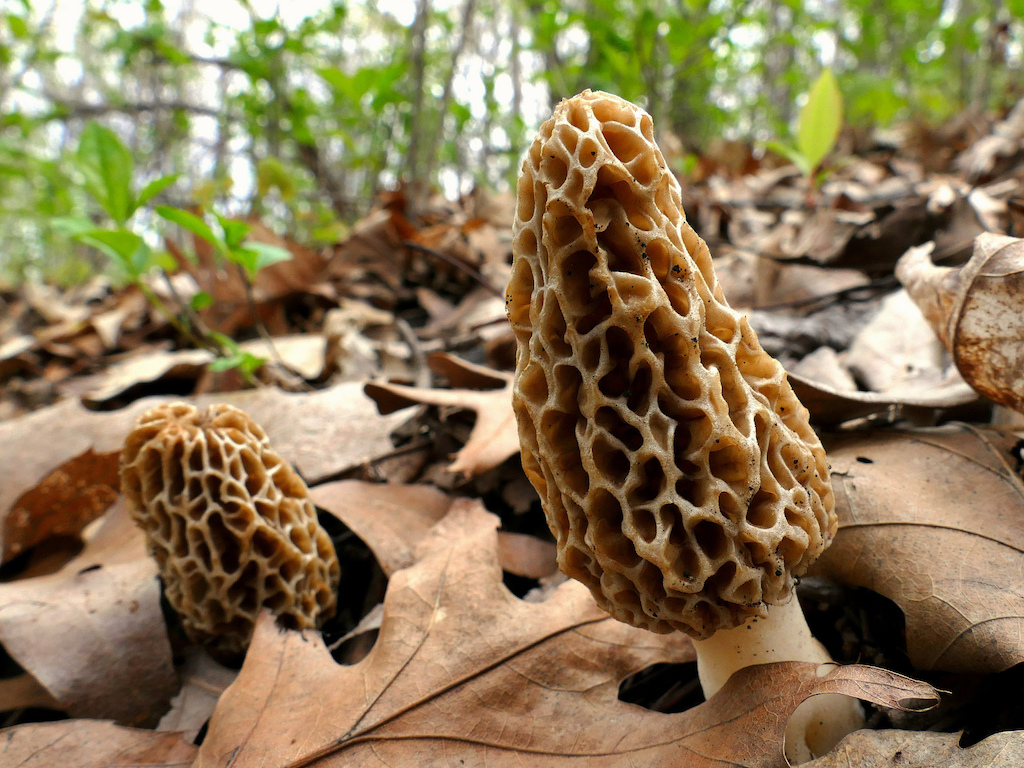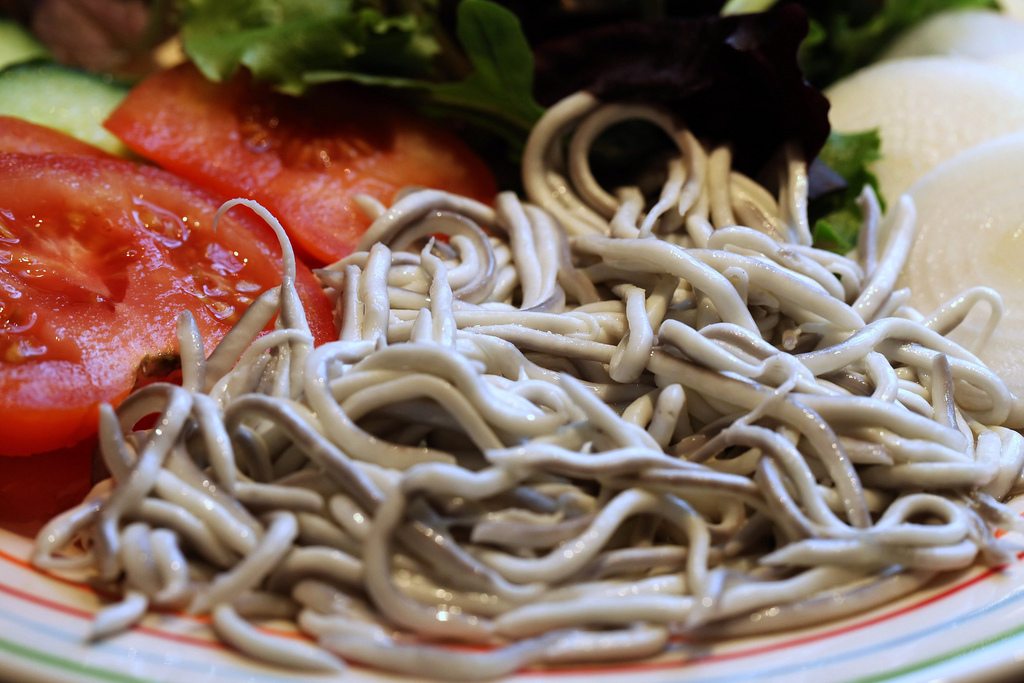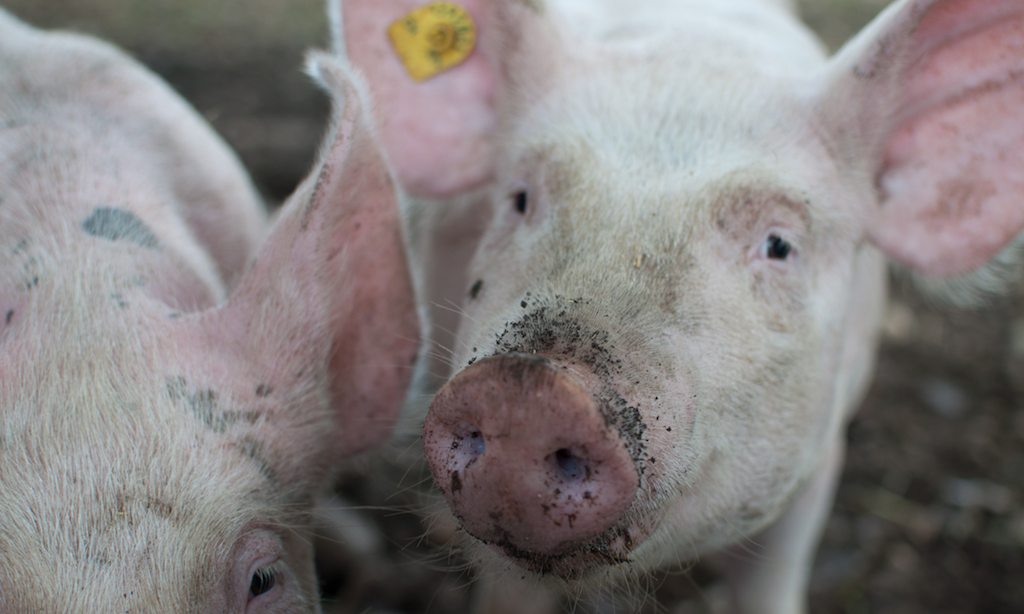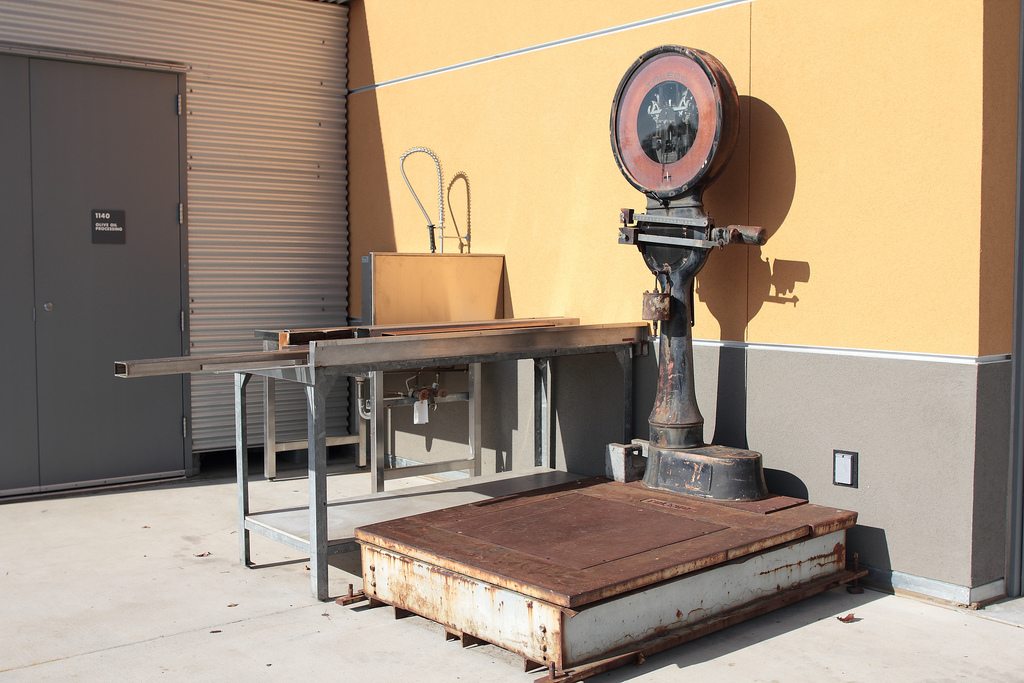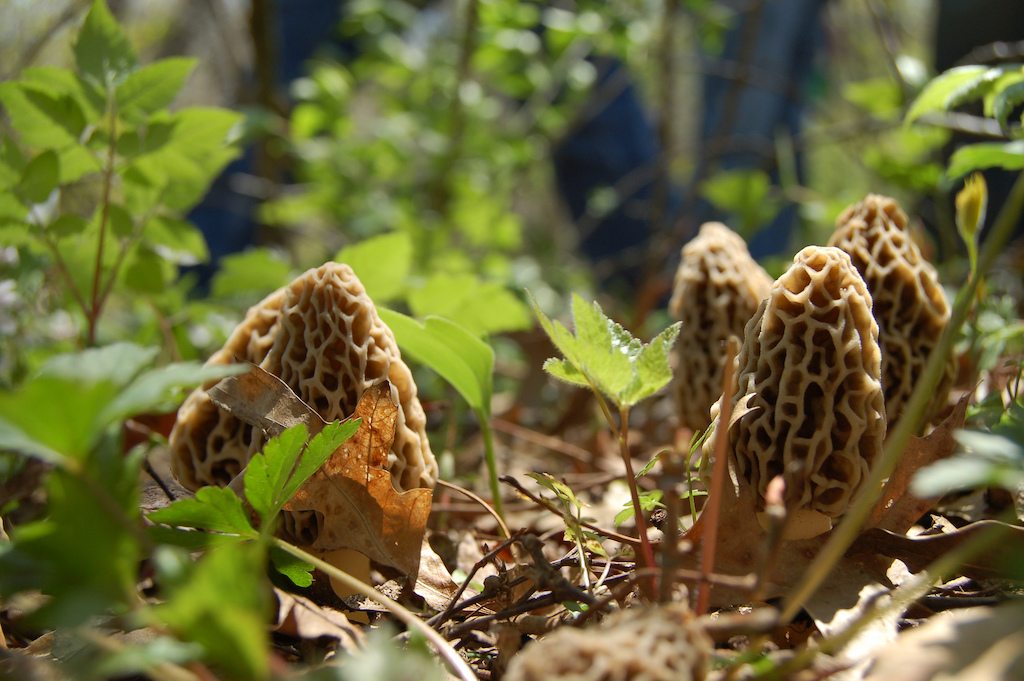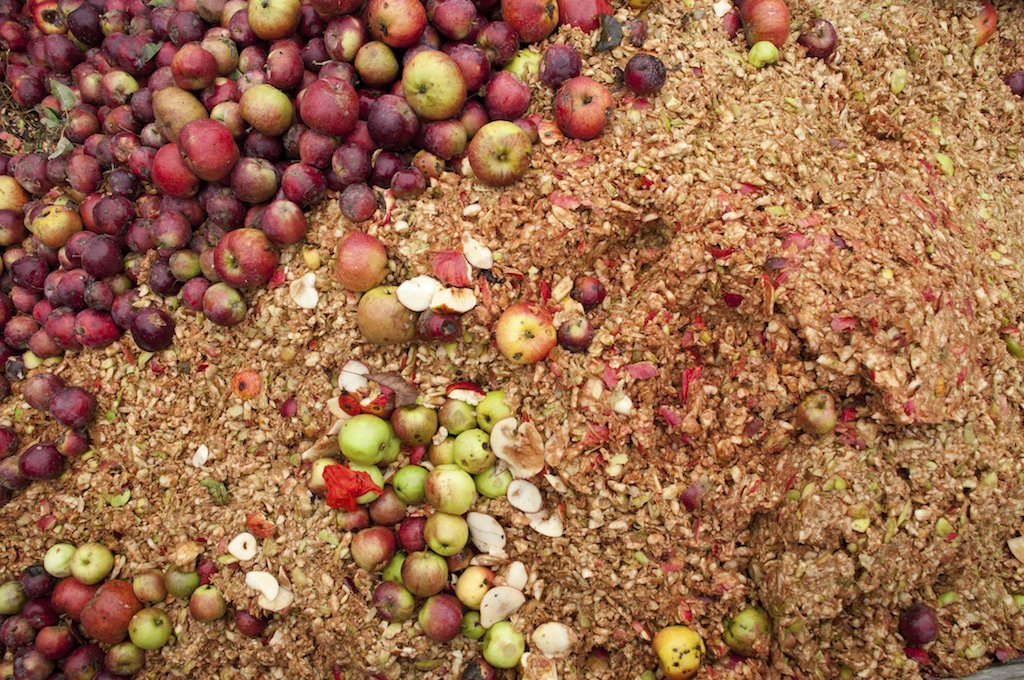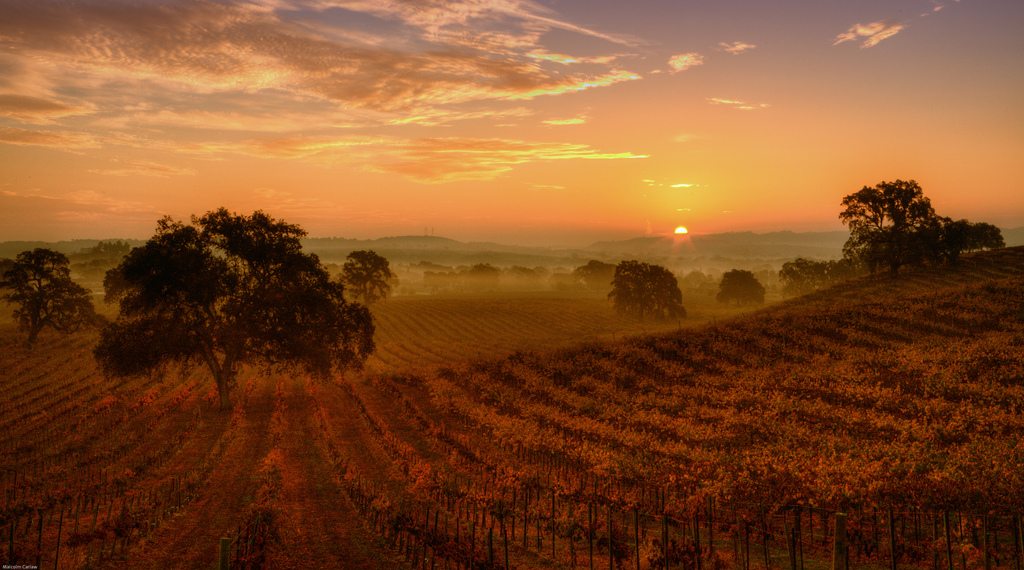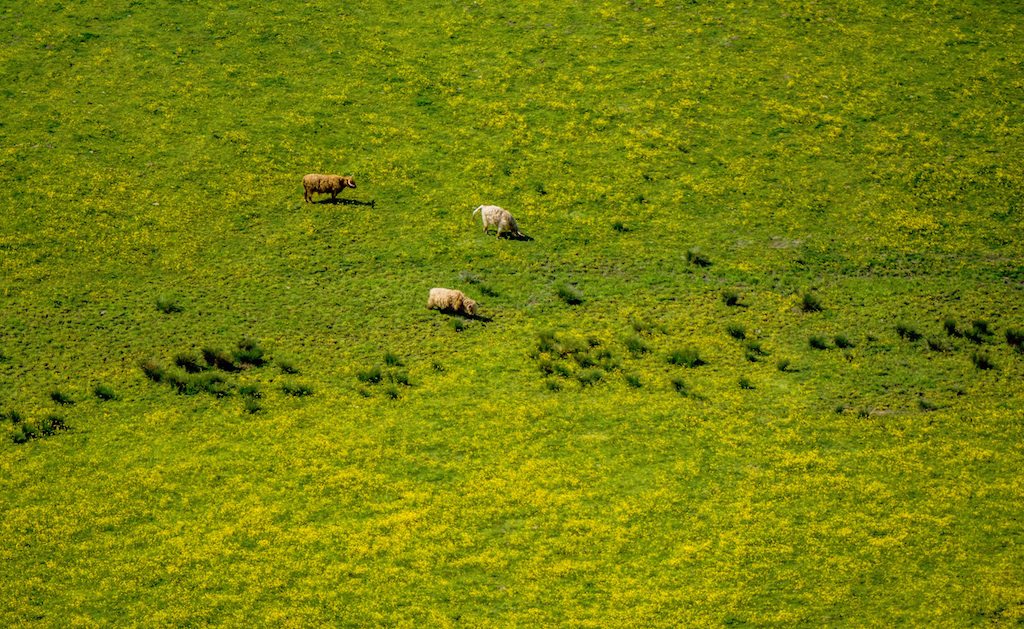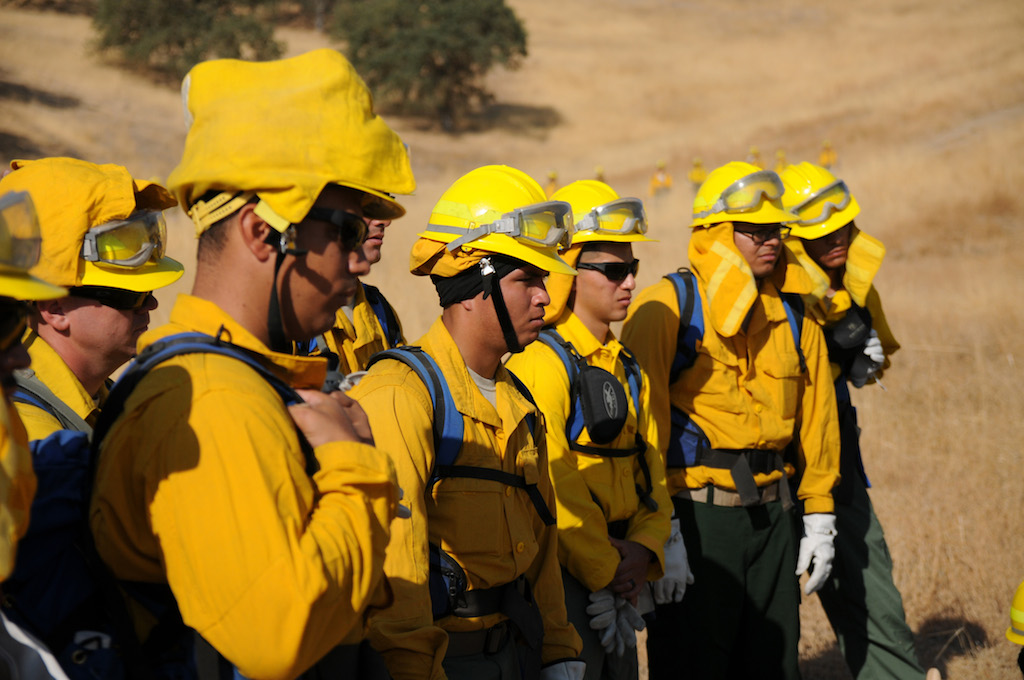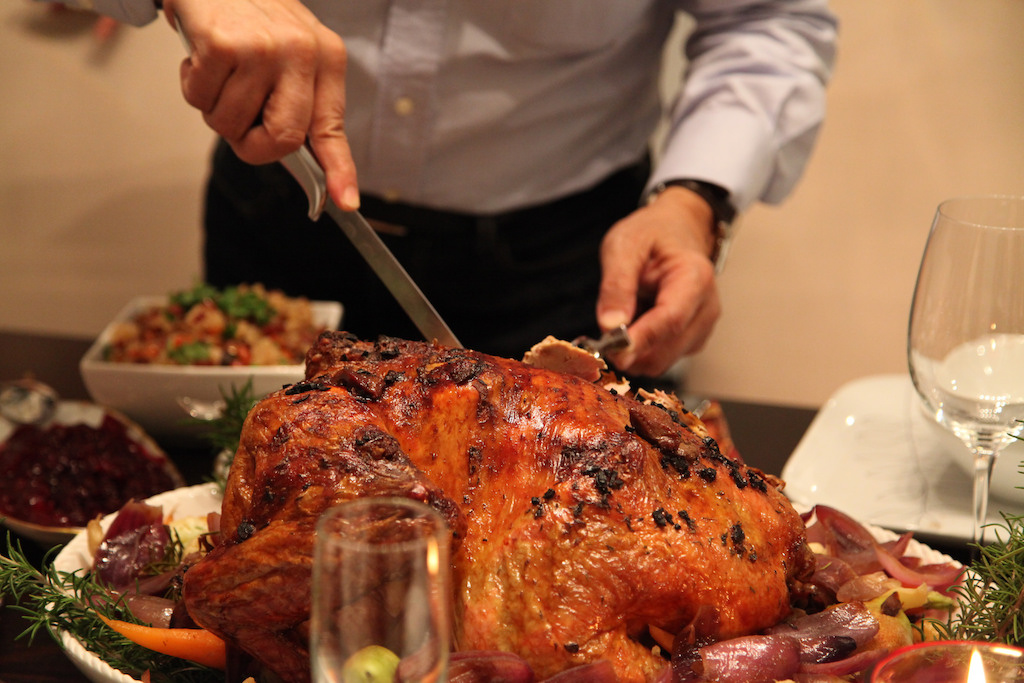In 2017, the United States Forest Service spent close to $2.5 billion fighting and containing wildfires. It was the most expensive year on record. Governors in Montana, Oregon, and California declared states of emergency. Blazes cost the state of California alone nearly $700 million. By the end of the year, more than 71,000 fires had been recorded and 10 million acres leveled nationwide.
It was a historic, destructive season. Some say the worst ever.
But after all the tallying, the requests for federal aid, the agricultural losses, the hundreds and hundreds of homes and businesses left in need of rebuilding, comes something else—something sort of miraculous. Mother Nature is as swift in replenishment as she is in annihilation: When a wildfire departs, a treasure rises, literally, from its ashes. Morel mushrooms.
Unfamiliar? There’s a reason why you don’t see more morels next to the button and cremini mushrooms in the grocery store produce section. Like truffles, a morel’s preferred habitat is the trunk of a tree, which makes them unsuitable for large-scale farming. Instead, the tubular, honeycomb-like fungi are harvested only by dedicated foragers, wild mushroom enthusiasts, and people who simply like to pick edible detritus from the ground during a hike.
Standard morels are rare already, but a particular subset flourishes only under severe circumstances—specifically after wildfire season. They’re often referred to as “fire morels” or “burn morels.” In other words, where wildfires rage, fire morels will follow.
Nobody really knows exactly why fire begets morels, but it may have to do with the flood of nutrients that get released when organisms die, theorizes Tom Bruns, professor of fungal ecology at the University of California, Berkeley.
“When you kill a tree, for example, it’s a nutrient source,” Bruns says, in an interview by phone. “All the fine roots that are dead or dying are open, and the upper layer of the soil that heated hot enough to kill most organisms is going to release its nutrients.”
Not only is a forest rich in healthful, life-giving minerals and vitamins after a wildfire, but there are very few living organisms rivaling for them.
“After a fire, one of the things that changes is that most of the competitors are killed. So the soil is sort of an open niche, if you will.”
That very reality—the natural world gives generously even as it takes away mercilessly—inspired Foods in Season, a Washington-based foraging company that sells wild foods to restaurants, to create a bridge between the people who experience loss during wildfires and the morel mushrooms that flourish because of them.
Francois de Melogue, who works in sales and marketing for the company, says he realized as he was talking to a client that the potentially good morel season also meant it had been a terribly destructive year for the community. The mushroom harvest, in other words, would be a very conflicted bounty.
“On one hand, it’s going to be really good for business, but on the other hand, all the people that lost houses, lives,” he says. “I had a lot of personal friends who lost their houses. We had fires less than 10 miles away from our company here.”
So Foods in Season partnered with the Wildland Firefighter Foundation to support the people who were injured while suppressing the very fires that morels rely on to exist. The idea: leverage the proceeds from this year’s bountiful harvest to benefit firefighters.
And when they’re injured or killed, their families are often left without a sustainable means to support themselves.
“When a wildland firefighter gets killed or injured, their paychecks stop immediately,” says Burk Minor, Wildland’s director. “The foundation’s main mission is to sustain the homes of a killed or injured wildland firefighter.”
We don’t know why morels thrive after wildfire—only that wherever there are flame-ravaged forests, they can usually be found. And foragers know that.
“People that really like morels and are interested in collecting them commercially often keep close tabs on where the fires occur. At this time of year they’re out looking for them,” Bruns says.
Which means that Foods in Season and other foragers like them depend, to some extent, on disaster. But the partnership with the Wildland Firefighter Foundation somewhat offsets that loss—and helps ensure that the public servants who suffered in the fires share the bounty in the aftermath.
This goes for Foods in Season and the foragers who reap their increasingly large mushroom hauls. And because of their partnership with the Wildland Firefighter Foundation, so will public servants who suffered losses from the wildfires that bore this year’s morel treasures.
